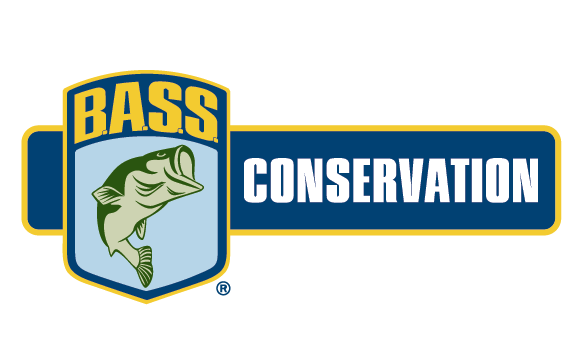
STARKE, Fla. – Biologists are winding up an investigation into why one of Florida’s least known fisheries is such a prolific producer of big bass.
During the past six years, 2,000-acre Kingsley Lake in Clay County has yielded hundreds of bass weighing 8 pounds or better, including 13 that weighed 13 pounds or more and two that topped 15. In 2015, it produced five of the 10 biggest bass entered in the state’s TrophyCatch program.
Almost certainly it cranked out big numbers of double-digit bass before that as well, but the start of that catch-and-release recognition program in 2013 shined the spotlight on this deep, almost circular fishery that some believe is the state’s oldest and highest lake.
“As data grew, biologists noticed that Kingsley Lake was home to a disproportionate number of trophy bass documented in the program and four of the top five heaviest bass documented in TrophyCatch have come from this old, north Florida lake,” the Florida Fish and Wildlife Conservation Commission (FWC) explained. “This led researchers to the question—what is going on at Kingsley Lake?”
To find out, the agency tagged 10 bass between 9 and 13 pounds and began to track their movements via telemetry.
“In reservoirs known for big fish in California and Texas, there are thermal refuges, which provide a metabolic advantage,” said FWC researcher Drew Dutterer. “Here in Florida, surface water temperatures can reach the upper 90s and even go over 100 degrees on some days. “When the water is that hot, a bass is that hot as well and its metabolism goes into overdrive, with calories it consumes not going into growth but just to breathe and stay alive.”
In contrast to Okeechobee, Istokpoga, Kissimmee, and other Florida lakes, Kingsley has depths of 40 feet or more in at least 300 acres, with a few places that drop below 80. In many Florida fisheries, “deep” is 10 to 15 feet.
By early July, biologists discovered, tagged fish were spending most of their time at 15- to 20-foot depths, where the water temperature was 65 degrees, compared to the upper 80s and low 90s on the surface. Body temperatures of those fish ranged from the upper 70s to the low 80s.
“Florida bass thrive in warm waters, but summer temperatures put their metabolism in high gear, where they burn through calories, somewhat reducing the energy available for packing on body mass,” FWC noted. “Having access to deeper, cooler water in lakes like Kingsley might allow bass to maintain metabolic rates closer to optimum during summer. It may also reduce their natural mortality rate by reducing some of the stress that bass endure after spawning, as water temps quickly rise.”
Possibly both of those factors are in play, as biologists have noted that Kingsley Lake bass seem longer-lived than is typical in Florida waters. Two that died of natural causes were determined to be almost 16 years old.
“This gives some credence to the thought that Kingsley bass attain such large sizes simply by living much longer than the average bass in Florida,” the agency said.
Bluegill, along with crappie and redear, seem to be what they are mostly eating during those long lives, based on an examination of stomach contents before the fish were released. “Big bluegill,” Dutterer emphasized.
Many Florida fisheries have a more diverse forage base, including shad, chub suckers and golden shiners. But only the latter have been noted in Kingsley.
Another variable that makes Kingsley different is its limited access, with the only ramp at Camp Blanding Joint Training Center, which is not available to general public. Those Kingsley homeowners without private docks can access the base ramp for $225 annually.
“But I believe most boating and fishing there is done by current or retired military personnel who can enter the base,” Dutterer said, adding that, even with restricted access, the lake “still gets fished pretty hard.”
Bass biology in this rare Florida aquatic environment, however, is what FWC biologists are most concerned with better understanding.
“If they are able to identify critical depth or temperature preferences of bass at Kingsley Lake, they could use that knowledge to identify other lakes in Florida that have similar characteristics with the possibility of implementing fisheries management actions such as stocking, boat ramp access and construction, or fish attractor construction at these lakes,” FWC said.





